The 2021 Jeep Wrangler’s Check Engine Light can illuminate for many reasons.
Among them, some reasons are damaged oxygen sensors, fuel injection issues, emissions control problems, dirty MAF sensors, ignition system faults even loose gas cap.
There are some more reasons behind the Check Engine Light’s On. In this discussion, we will discuss almost all of these reasons with some symptoms and a short solution.
If you can read these solution parts and apply them correctly on your 2021 Jeep Wrangler, then you can easily troubleshoot your vehicle at home. So, let’s start the discussion about .
2021 Jeep Wrangler Check Engine Light On – Symptoms and Solutions
Here are some common causes of 2021 jeep wrangler check engine light on –
| # | Causes |
|---|---|
| 1 | Damaged Oxygen Sensor |
| 2 | Malfunction with the Fuel Injection System |
| 3 | Defective Emissions Control Part |
| 4 | Dirty Mass Airflow Sensor |
| 5 | Defective Head Gasket |
| 6 | Broken Spark Plugs |
| 7 | Ignition System Problems |
| 8 | Catalytic Converter Problem |
| 9 | Exhaust Gas Recirculation (EGR) Issues |
Now, time to know the symptoms and step-by-step solutions:
Damaged Oxygen Sensor
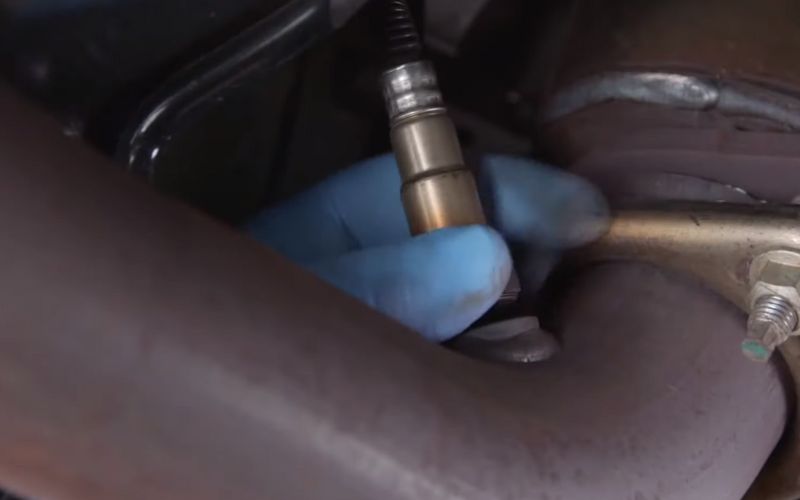
A damaged oxygen sensor can provide inaccurate readings of the exhaust gases, leading to improper fuel-air mixture, reduced fuel efficiency, and increased emissions.
The ECU (Engine Control Unit) detects this discrepancy and triggers the Check Engine Light.
- Symptoms: Poor fuel efficiency, rough idling, increased emissions, and reduced engine performance.
- Solution:
- Use an OBD-II scanner to identify the specific sensor that’s malfunctioning.
- Locate the faulty sensor and disconnect the electrical connector.
- Remove the old sensor with an appropriate tool.
- Install the new oxygen sensor and reconnect the electrical connector.
- Clear the trouble codes and reset the Check Engine Light.
Malfunction with the Fuel Injection System
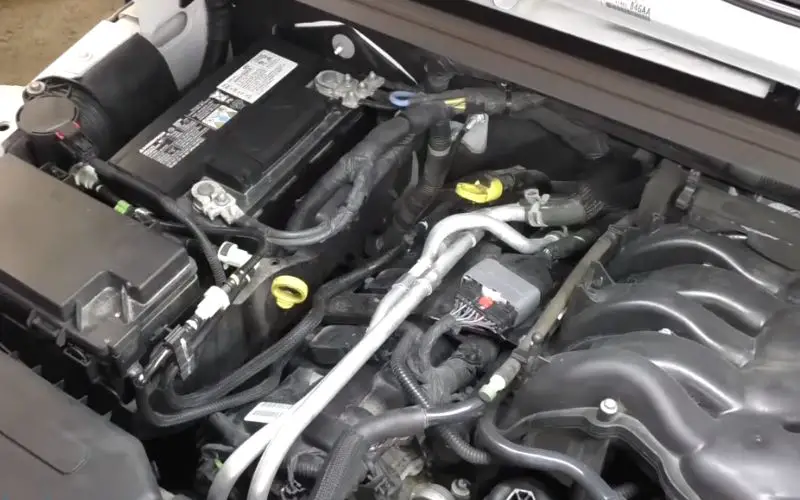
A fuel injection system malfunction can lead to the inaccurate delivery of fuel, which has adverse effects on both engine performance and emissions.
The Engine Control Unit (ECU) constantly monitors for such inconsistencies and responds by illuminating the Check Engine Light.
Then serves as a warning indicator, prompting the need for diagnostics and potential repairs to rectify the issue and maintain optimal engine efficiency while reducing emissions.
- Symptoms: Rough idling, poor acceleration, stalling, and decreased fuel efficiency.
- Solution:
- Connect an OBD-II scanner to your vehicle’s OBD port. Read and note the error codes to identify the specific issue with the fuel injection system.
- Examine the fuel injection system visually. Look for loose wires, damaged connectors, and visible fuel leaks. Address any visible issues.
- Test the fuel pressure using a gauge. Ensure it falls within the manufacturer’s specified range. Low or high pressure can cause problems.
- Clean or replace fuel injectors, sensors, or filters if they are clogged or malfunctioning. Ensure proper sealing and spray patterns for injectors.
- After making necessary repairs, use the OBD-II scanner to clear the error codes. This step resets the Check Engine Light.
Defective Emissions Control Part
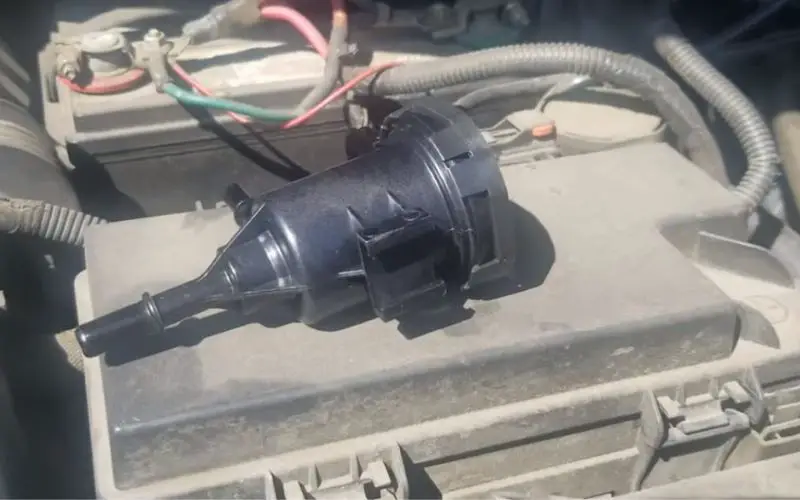
A malfunctioning emissions control component, like the EVAP canister or EGR valve, can cause elevated emissions levels.
The Engine Control Unit (ECU) identifies these issues and triggers the Check Engine Light to indicate emissions-related problems.
This warning light serves as an alert for the need to address and rectify the emission system concern, ultimately helping to reduce environmental impact and ensure compliance with emissions standards.
- Symptoms: Increased emissions, decreased fuel efficiency, and a strong odor of exhaust fumes.
- Solution:
- Begin by connecting an OBD-II scanner to your Jeep’s OBD port. Read and note the error codes to identify the specific emissions control part that is malfunctioning. The codes will indicate the problem area.
- Conduct a visual inspection of the emissions control components, such as the EVAP canister or EGR valve. Look for loose connections, damaged hoses, or any visible signs of wear or damage. Address any visible issues.
- Replace the defective emissions control part that has been identified as the problem. This could involve removing and replacing components like the EVAP canister, EGR valve, or related sensors.
- After replacing the faulty part, use the OBD-II scanner to clear the error codes. This step resets the Check Engine Light and allows you to monitor the system for any new issues.
- Test the emissions levels to ensure they have returned to within acceptable limits. This may involve taking the vehicle to an emissions testing facility or using a portable emissions tester if available.
Dirty Mass Airflow Sensor
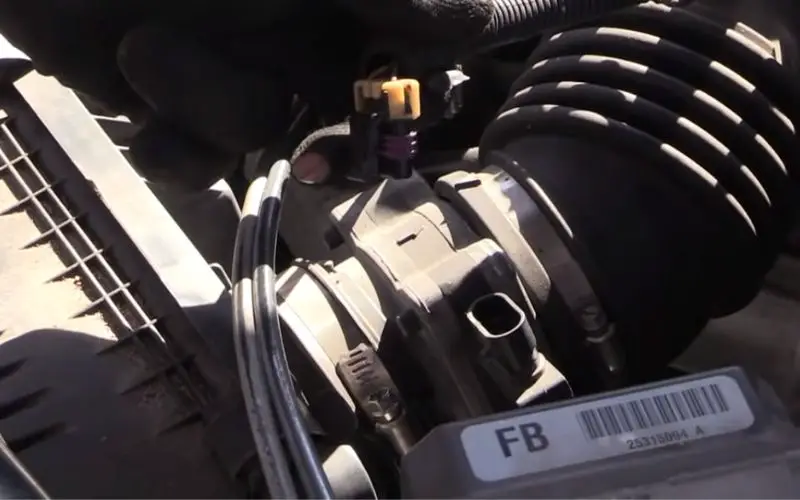
A dirty mass airflow sensor disrupts the measurement of incoming air, impacting the air-fuel mixture and engine performance.
The ECU recognizes this issue and triggers the Check Engine Light.
- Symptoms: Poor fuel efficiency, rough idling, and reduced engine power.
- Solution:
- Ensure the engine is cool and turned off. Wear safety gear, including gloves and safety glasses, when working on the vehicle.
- Locate the MAF sensor in the air intake system. It’s usually mounted in the air duct between the air filter box and the throttle body. Refer to your vehicle’s service manual for specific details.
- Carefully disconnect the electrical connector attached to the MAF sensor. Use a screwdriver or socket wrench to remove any retaining screws or clamps securing the sensor in place. Gently pull the sensor out of the intake duct.
- Use MAF sensor cleaner, which is specifically designed for this purpose. Spray the sensor’s wire or filament elements gently, ensuring not to touch or damage them. Allow it to air dry completely. Be cautious not to use any other cleaning agents, and never touch the delicate sensor elements.
- Once the MAF sensor is dry, reattach it to the intake duct, securing it with screws or clamps. Reconnect the electrical connector. Start the engine and check for any warning lights. Take your Jeep for a test drive to confirm that the issue is resolved.
Defective Head Gasket
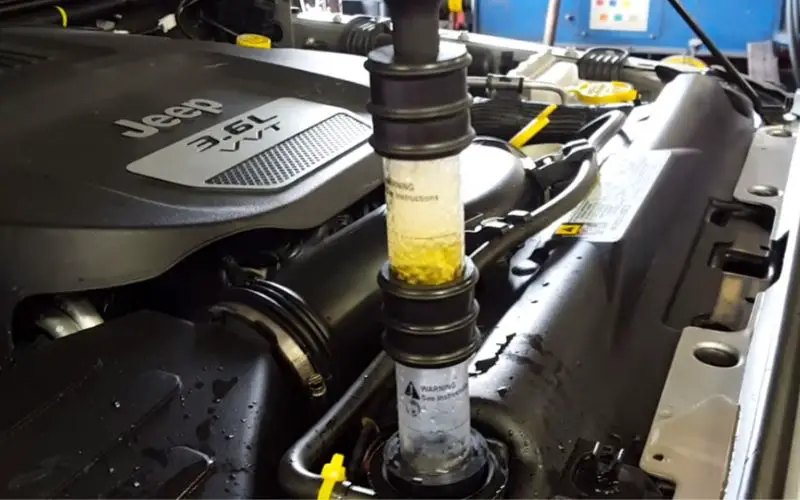
A damaged head gasket can cause coolant and exhaust gases to mix, leading to overheating and increased emissions.
The ECU detects anomalies in engine parameters and responds by illuminating the Check Engine Light.
- Symptoms: Overheating, white smoke from the exhaust, coolant loss, and a sweet smell from the engine.
- Solution:
- Consult a professional mechanic as head gasket replacement is a complex and labor-intensive task.
- The mechanic will disassemble the engine, replace the head gasket, and reassemble the engine.
- Perform a thorough inspection to ensure there are no additional issues.
- Clear the trouble codes and reset the Check Engine Light.
Broken Spark Plugs
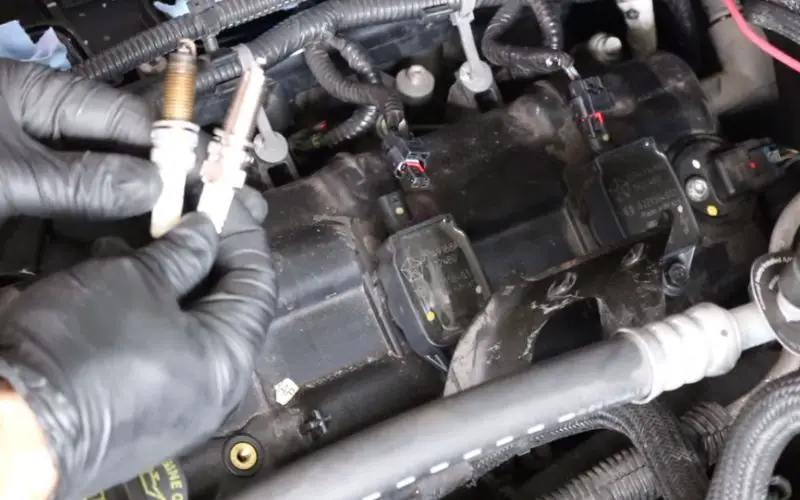
Broken spark plugs result in incomplete combustion and misfires, affecting engine performance and emissions.
The ECU detects these misfires and activates the Check Engine Light.
- Symptoms: Misfiring engine, rough idling, reduced power, and poor fuel efficiency.
- Solution:
- Remove the old spark plugs with a spark plug socket.
- Install new, correctly gapped spark plugs.
- Clear the trouble codes and reset the Check Engine Light.
Ignition System Problems
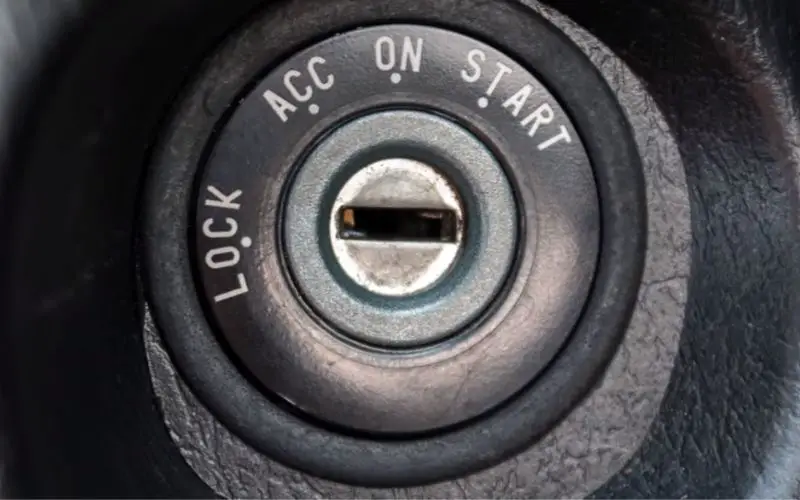
Issues in the ignition system, like faulty coils or wires, can lead to misfires and reduced power.
The ECU recognizes these problems and triggers the Check Engine Light to alert the driver.
- Symptoms: Difficulty starting the engine, misfires, and a noticeable drop in power.
- Solution:
- Inspect the ignition system components, including spark plugs, ignition coils, and wires.
- Replace any faulty components.
- Clear the trouble codes and reset the Check Engine Light.
Catalytic Converter Problem
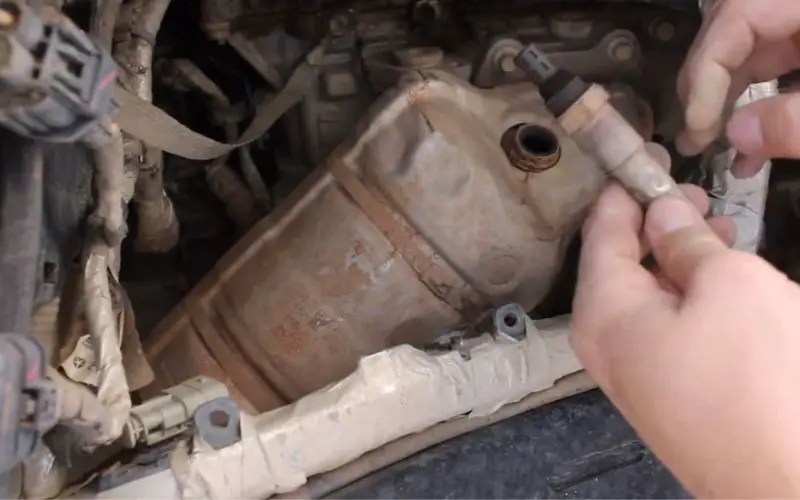
A malfunctioning catalytic converter can’t efficiently reduce emissions.
The ECU monitors the converter’s performance and illuminates the Check Engine Light if it falls below acceptable levels.
- Symptoms: Reduced power, poor fuel efficiency, and a sulfur-like smell from the exhaust.
- Solution:
- Scan the OBD-II system to determine which part of the catalytic converter is malfunctioning.
- Replace the damaged catalytic converter or the affected section.
- Clear the trouble codes and reset the Check Engine Light.
Exhaust Gas Recirculation (EGR) Issues
Problems with the EGR system, such as a stuck valve or blocked passages, disrupt exhaust gas recirculation.
The ECU detects these issues and activates the Check Engine Light as a warning of emissions-related problems.
- Symptoms: Rough idling, poor fuel efficiency, and increased emissions.
- Solution:
- Diagnose the EGR system to identify the problem, which may involve a stuck valve or blocked passages.
- Clean or replace the EGR valve or components as needed.
- Clear the trouble codes and reset the Check Engine Light.
Conclusion
Not only these issues but there are also so many issues that can cause the check engine to light on.
Even, CEL works as a signal of any kind of internal or external issue of a car engine or transmission. Hope now you can fix these issues at home.
It’s important to note that for complex issues like a defective head gasket, catalytic converter, or internal engine problems, it’s often best to consult a qualified mechanic or dealership for professional diagnosis and repair to ensure the problem is addressed correctly.
Additionally, always follow safety precautions when working on your vehicle.


Leave a Reply